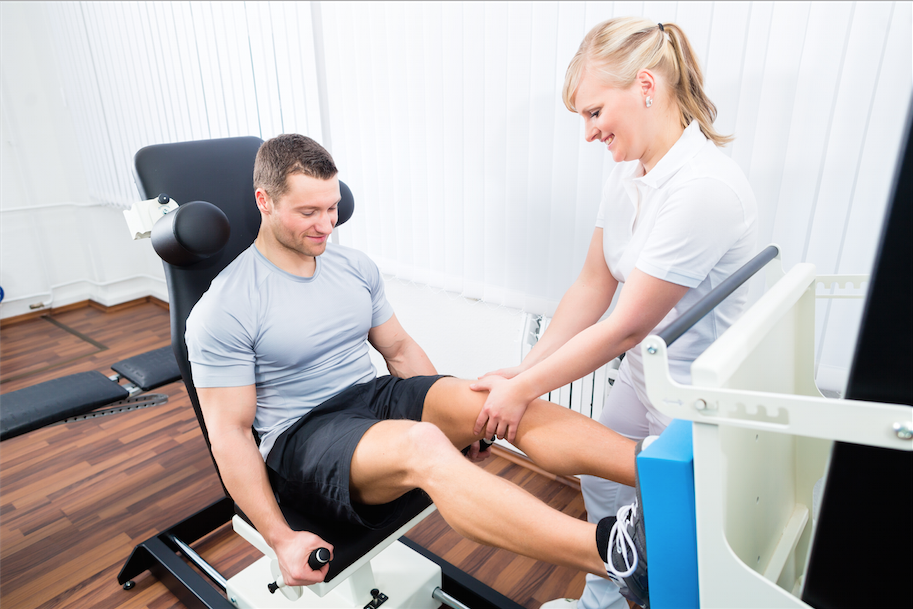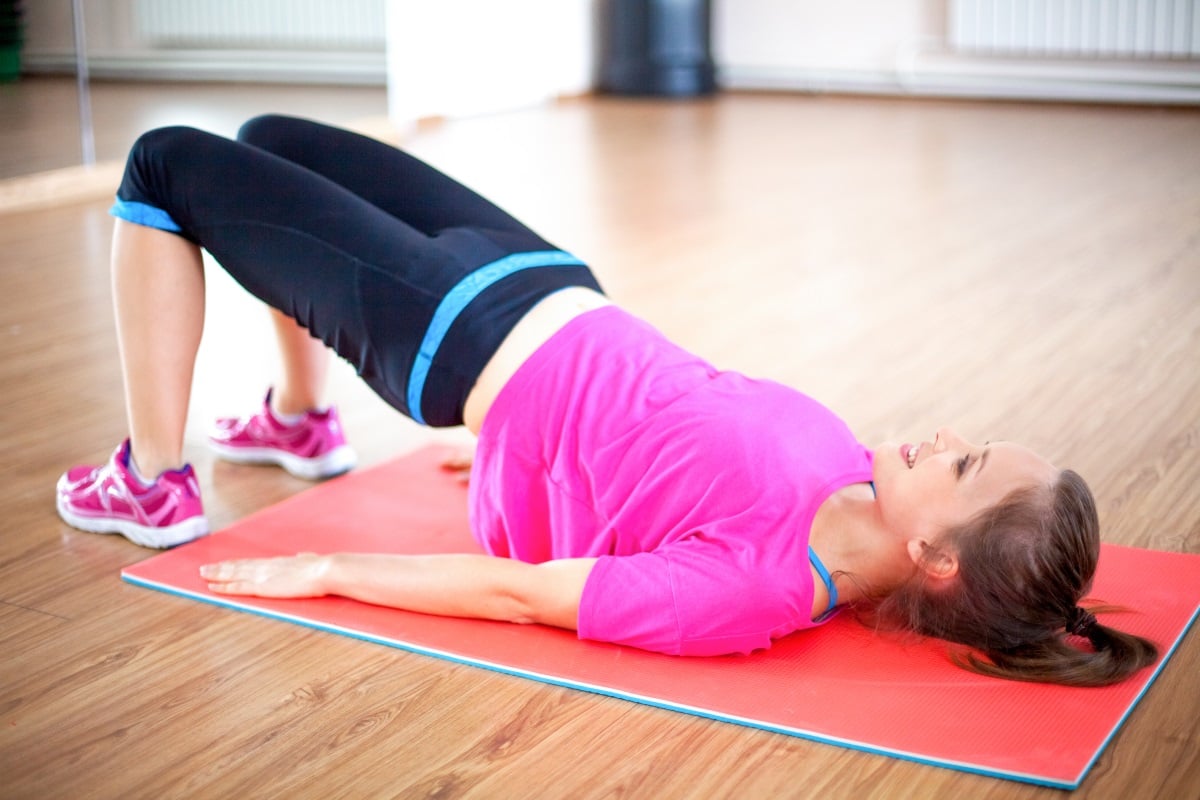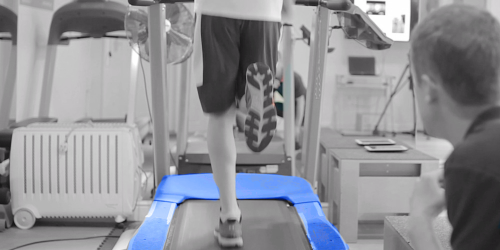Have you recently been injured playing a sport?
Are you struggling to get back to full training after an injury or surgery?
Unfortunately, despite the many benefits of exercising regularly, those that do so run an increased risk of injuring themselves.
And when injury occurs, whether mild or severe, the rehabilitation process can be both physically and mentally draining.
Here are our tips for making sure your sports injury rehabilitation goes as well as possible.
Step 1: Get Diagnosed
If you are in ongoing and/or severe pain, it’s essential to get an accurate diagnosis from a medical professional as soon as possible.
A full and proper recovery starts from the moment you first get injured.
So it’s important to know the difference between being injured and being sore.
It’s ok to gently exercise off muscle stiffness and soreness, but remember pain is the first sign that something is not working properly.
If the pain continues or has gotten worse, then you know that you’ve likely suffered an injury.
Step 2: Repair & Recover
The key to a complete rehabilitation is to allow the body to repair itself as best possible from the moment of injury.
The ‘PRICE Method’ is widely considered to be the key to good management of injuries in their early stages:
Protection
Protect the affected area from any further injury by using bandages or elastic supports, or even a simple splint.
You should see your doctor for any injury that requires more than a simple support.
Rest
No matter how good your diet and exercise regime, injured tissues still need rest time to heal.
Protection and support can help to alleviate the strain on injured areas, but nothing is better than reducing your daily physical activity, particularly anything involving the affected area.
Ice
Ice has long been one of the simplest and cheapest ways to manage minor injuries, as it helps to reduce pain, swelling and inflammation.
Gently press an ice pack against the affected area (you can protect your skin from the cold by wrapping it in a tissue or towel), and hold it there for about 10-15 minutes.
Repeat with a new ice pack every hour for the first 4-5 hours, and then four times a day for the next 72 hours or so.
Compression
In most cases a simple compression wrap or bandage can help to reduce inflammation and swelling. The fit should not be too tight - it should feel like a firm handshake.
Remember that swelling will likely occur for several hours after your injury, so remember to loosen any wrappings if they become to tight.
Elevation
The is one of the easiest things you can do to aid recovery in the early stages. Elevating your injury allows fluids to drain away faster, with gravity’s help. This reduces any inflammation, swelling and pain.
Piled pillows, slings, make-shift hammocks and stacked sheets are all great ways of elevating your injury.
Bonus: Medication & Painkillers
If you are still in severe pain several hours after your injury, you may find it helpful to take some medication to assist with the pain.
If this is the case, you should be seeking professional advice on the severity of your injury.
Until then however, if you are not bleeding it is ok to take some Ibuprofen, which will help reduce pain and inflammation until you can get medical advice.
Step 3: Rehabilitation
Once the pain and swelling from your injury has subsided, you can start on the third stage of your rehabilitation.
Unfortunately, far too many people want to skip this stage and go straight back to full-work outs, but complete rehabilitation is essential if you want a full recovery.
The aim is to progressively increasing the strain on your muscles and tendons during your exercise. This will help your body to develop the tensile strength and produce tissue that can withstand stress from exercise once healed.
As a rule of thumb, allow two days of rehabilitation for every day you were inactive due to your injury. Begin with gentle exercises using your body-weight or very light weights only, before gradually increasing the weight and intensity of exercise.
This stage MUST include a rigorous stretching regime, using massage or heat to warm up the injured area before exercising if necessary. Gradually this will merge into your pre-injury training regime, as the weights, distances and speeds increase back to your norm.
At such a vital stage of your recovery it’s essential that you follow the correct rehabilitation program.
The best way to ensure you rehabilitate properly and come back stronger than before is to see a professional physical therapist. They’ll be able to assess the extent of your condition, and advise you on the best regime to follow for complete rehabilitation.
If you get it right, not only will you recover fully, you’ll recover stronger than before your injury.
At Synergy, this is our goal for any of our rehabilitation clients.
Our team use a unique combination of clinical experience and tools, including bio-mechanical video analysis, movement re-education and hands-on treatment to create a complete rehabilitation pathway for each individual.
If you’d like to find out more about our ‘Complete Rehabilitation’, book a free online consultation.







